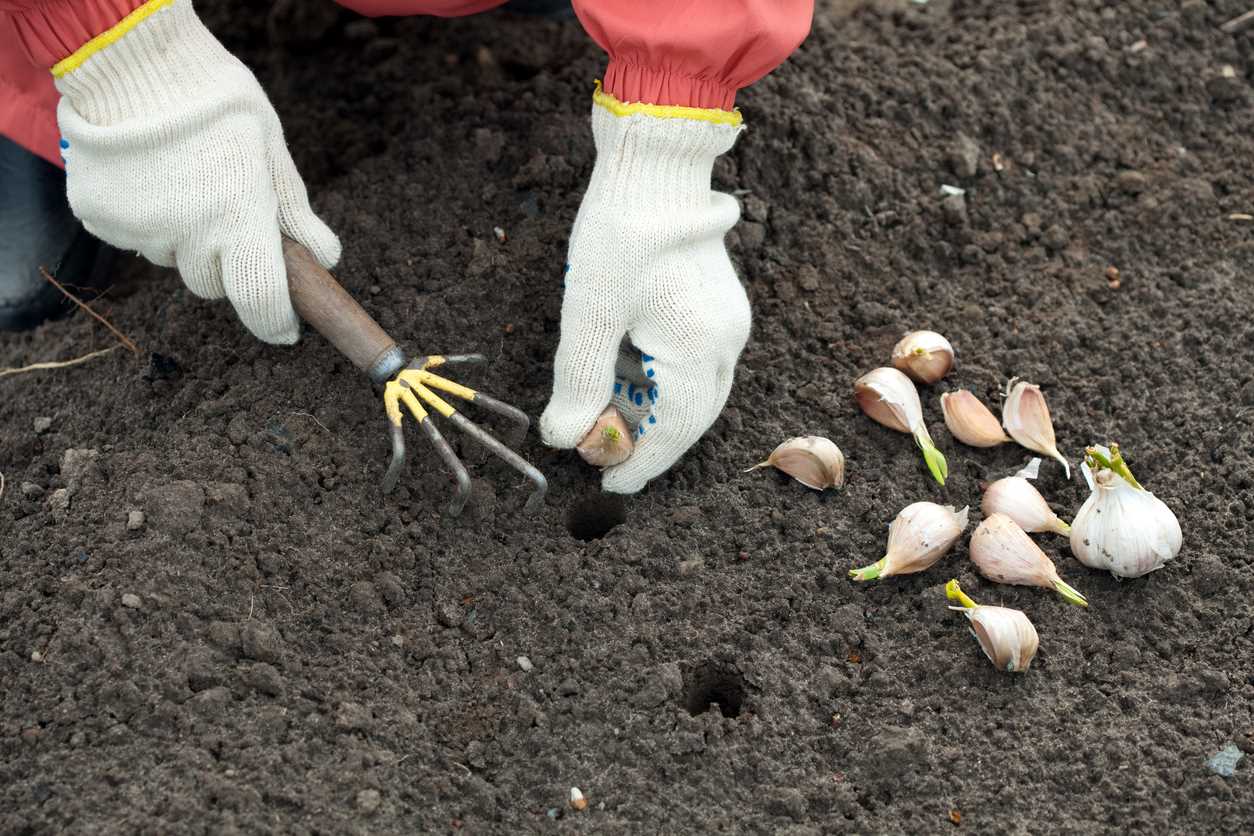
Gardening on days when temperatures are milder
It is obvious that when the ground is frozen, there is no question of planting anything in the vegetable garden. Your gardening activities will therefore greatly depend on the region you live in.
In January, the temperatures can be rather low and the soil can be difficult to work, you can take advantage of this period to devote yourself to a few tasks that will make your work easier when spring returns:
- You can clean your tools, disinfect them, sharpen them and, if necessary, repair them so that they are ready and operational when the time comes.
- You can take advantage of bad weather to plan your crops while staying warm. You can, for example, draw the plan of your vegetable garden as you envision it in order to put crop rotation into practice.
- You can also take inventory of your vegetable seeds and check their expiration date. This will allow you to establish a list of what you will need to purchase.
- On days when the weather is a little better, you can proceed to maintaining the paths of your vegetable garden so that it is ready as soon as the sunny days begin.
- Likewise, you can set up a space that will be dedicated to aromatic plants, for example.
What vegetables and aromatic plants to plant in January?
There are not many plantings during this season, because temperatures are generally too low for the plants to develop properly, the risk of frost is high and as the days are still short, light is limited. However, some plantings are possible depending on the region in which you live.
Leafy vegetables
These include vegetables such as salad, lamb’s lettuce, spinach, etc.
- Regions with a mild climate: you can sow chicory, garden cress, spinach, lamb’s lettuce, etc. in the ground.
- Regions with a harsher climate: you can sow spring salad, arugula, etc. under cover.
Bulb vegetables
These include vegetables like garlic, onions, shallots, etc.
Whatever region you live in, when temperatures are a little milder, you can plant garlic, shallots and onions on a mound, also called a ridge. To do this, you can proceed as follows:
- Choose a location that benefits from good sunshine and is protected from cold winds.
- Create a small mound 5 to 10 cm high: this will allow good drainage of water.
- On this ridge, plant your bulbs, respecting a spacing of 10 cm between each one and 20 cm between the rows. Be careful to point the tip upwards and place the flat end against the ground. Insert your bulbs thus positioned approximately 3 cm deep.
- Cover lightly with soil.
Root and tuber vegetables
These include vegetables such as potatoes, radishes, asparagus, leeks, etc.
- Regions with a mild climate: you can start planting potatoes by making sure to choose early varieties adapted to this growing period. It is also possible to plant asparagus crowns.
- Regions with a harsher climate: you can sow radishes and carrots under cover to force them.
Grain vegetables
These include vegetables such as beans, peas, etc.
If you live in a region with a mild climate and the soil is warm enough, you can sow broad beans and peas.
Aromatic plants
Whatever region of France you live in, you can sow chives, sweet woodruff and chervil directly in place.
Plant certain trees
If your vegetable garden includes an orchard part, you can proceed to planting certain fruit trees, provided it does not freeze. You can plant cherry trees, plum trees, apple trees, pear trees, etc. In this season, it is preferable to opt for bare root trees. It is also possible to plant small fruit trees such as blackcurrants, raspberries, gooseberries, etc.

